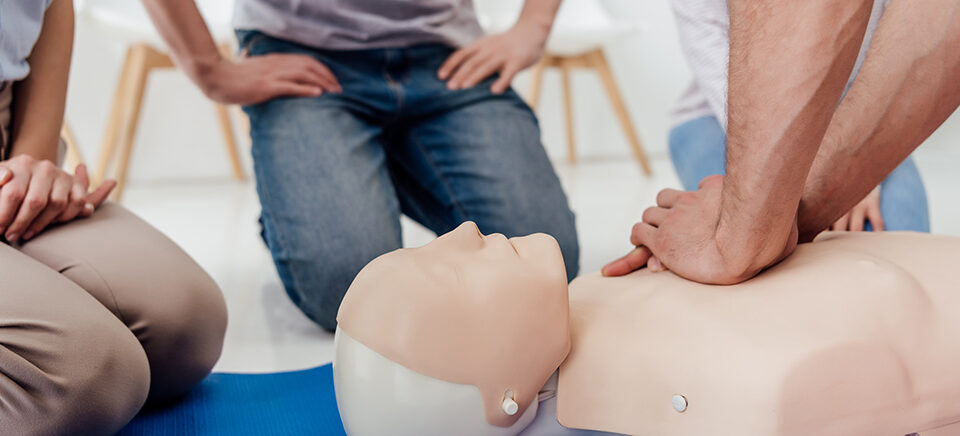
Use Your Head to Save a Heart
Would you know what to do?
Cardiac arrest affects about 600,000 people every year, which is about the population of Milwaukee or the state of Vermont. Sadly, less than a third of these people receive lay rescuer CPR (cardiopulmonary resuscitation) before emergency services arrive. By that time, it’s often too late.
Learn CPR (cardiopulmonary resuscitation) in about 30 minutes.
CPR isn’t difficult to learn or administer. Take Heart America helps just about anyone understand the basics of CPR (cardiopulmonary resuscitation) and teach it to others. To date, 33 states mandate cardiopulmonary resuscitation education and training prior to high school graduation. Check this map to see if your state has passed this life-saving legislation. Our goal is to help spread CPR (cardiopulmonary resuscitation) training to more than 25% of Americans through high schools, team sports, colleges, fire departments, places of worship, community events and workplaces.
Defibrillators are in most public places.
While administering CPR (cardiopulmonary resuscitation), ask someone else to call 911 and to look for a nearby automated external defibrillator (AED). Most shopping malls, schools and other public places are required to have one. Don’t worry about using a defibrillator, since almost all come with teaching prompts.
Doing something is better than nothing.
You have to act to save a life. The heart can’t start again without help. Performing CPR (cardiopulmonary resuscitation) and using a defibrillator are essential. In case you’re concerned about liability, Good Samaritan laws protect rescuers if there’s a bad outcome.
